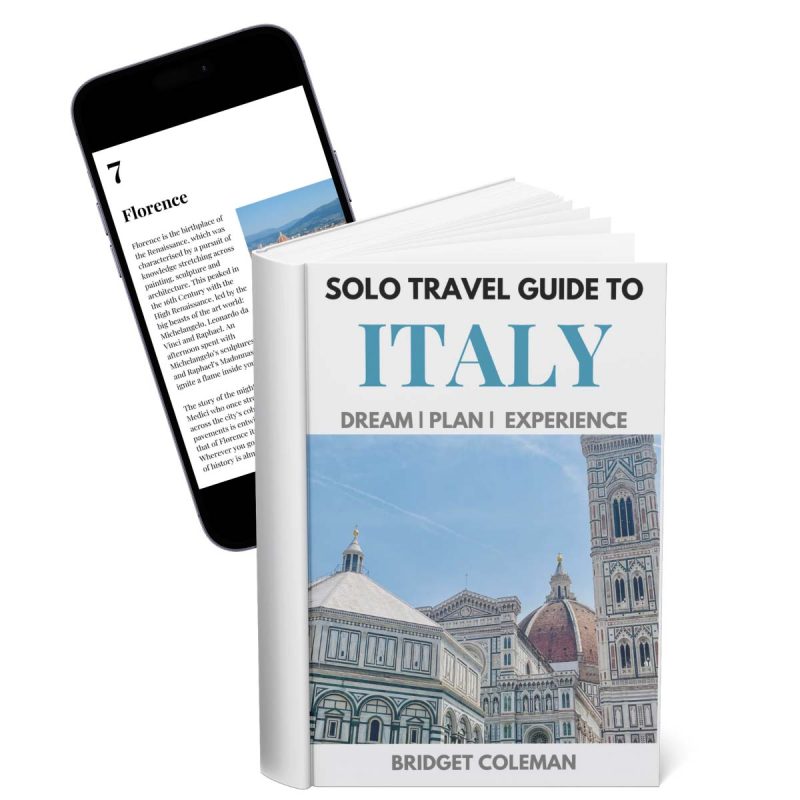Padua is a place that captivated me on my first solo visit more than 30 years ago, so much so much that I have returned over subsequent decades.
Art history fans can gaze at the frescoes that foretold the Renaissance. If you are a history buff like me, you can walk in the footsteps of Dante and Galileo in its ancient university.
I’ve sheltered from the sun sipping prosecco in the shaded porticos lining its cobblestoned squares and taken time out in the botanical garden. Better still, with its excellent connections, you can use Padua as a base to visit Vicenza, Venice and Verona.
Ready to find out more? In this article, I spill the beans on why you should visit Padua (Padova in Italian).

Some articles on this website contain affiliate links. This means that I may earn a small commission if you make a purchase through these links. As an Amazon Associate, I earn from qualifying purchases. Read the full disclosure here.
I’VE WRITTEN THIS ITALY SOLO TRAVEL GUIDE!
A 100+ page ebook to inspire and equip solo travellers with the confidence and knowledge to explore Italy independently
- Plan Your Trip – with curated itineraries, budgeting and how to get around
- Explore Awesome Destinations – guides to the must-see cities of Rome, Florence, Venice and Naples
- Stay Safe as a Solo Traveller – practical safety advice, empowering you to confidently navigate Italy and avoid common pitfalls
- Enjoy Eating Out in Italy – essential tried-and-tested solo dining tips
Why I Think Padua is Worth Visiting
1. Padua is steeped in history
Padua can trace its history back to Roman times.
It flourished as a centre of learning and culture during the Middle Ages and Renaissance, notably hosting Galileo Galilei’s lectures. The city played a pivotal role in the Venetian Republic and later became part of unified Italy.
You can find evidence of Padua’s rich history throughout the city.
Little has changed in the layout of the city’s historic centre since the 13th Century. Its urban structure is characterised by narrow porticoed streets, monumental squares and magnificent buildings.
Take Palazzo della Ragione for example.
This vast palace was built in 1218 and a portico-loggia was added a century later. Also known as il Salone (the great hall), it was a seat of the Courts of Justice until the end of the 18th Century.
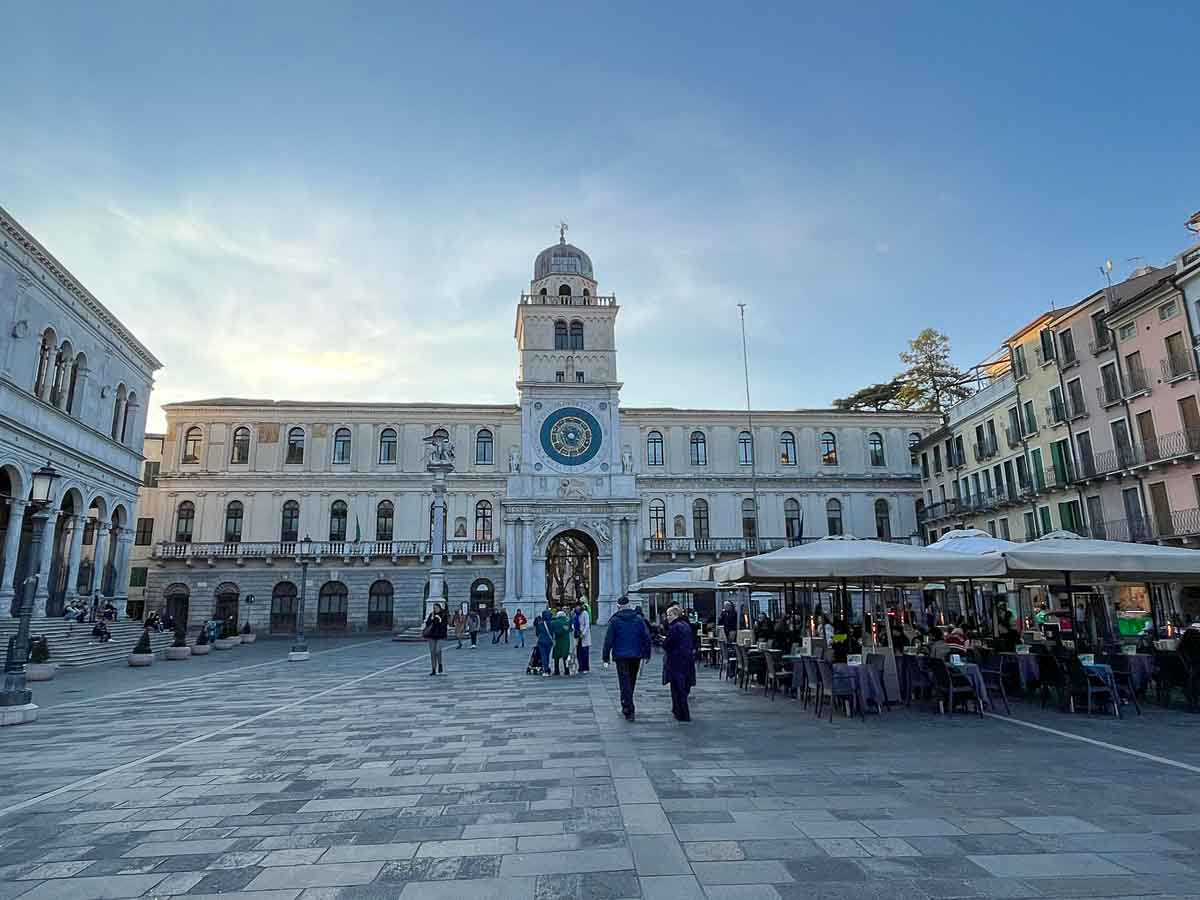
Loggia dell Gran Guardia in the nearby Piazza dei Signori was completed in 1532. An early 15th-century astrological clock in the Torre dell’Orologio decorates the façade of Palazzo del Capitanio on the square’s western side.
Prato della Valle is one of Italy’s largest squares and was the site of a Roman theatre and was where St. Anthony preached. This pleasant 400-yard-long piazza has a central island surrounded by a canal, fountains and dozens of statues of the great and good of Padua.
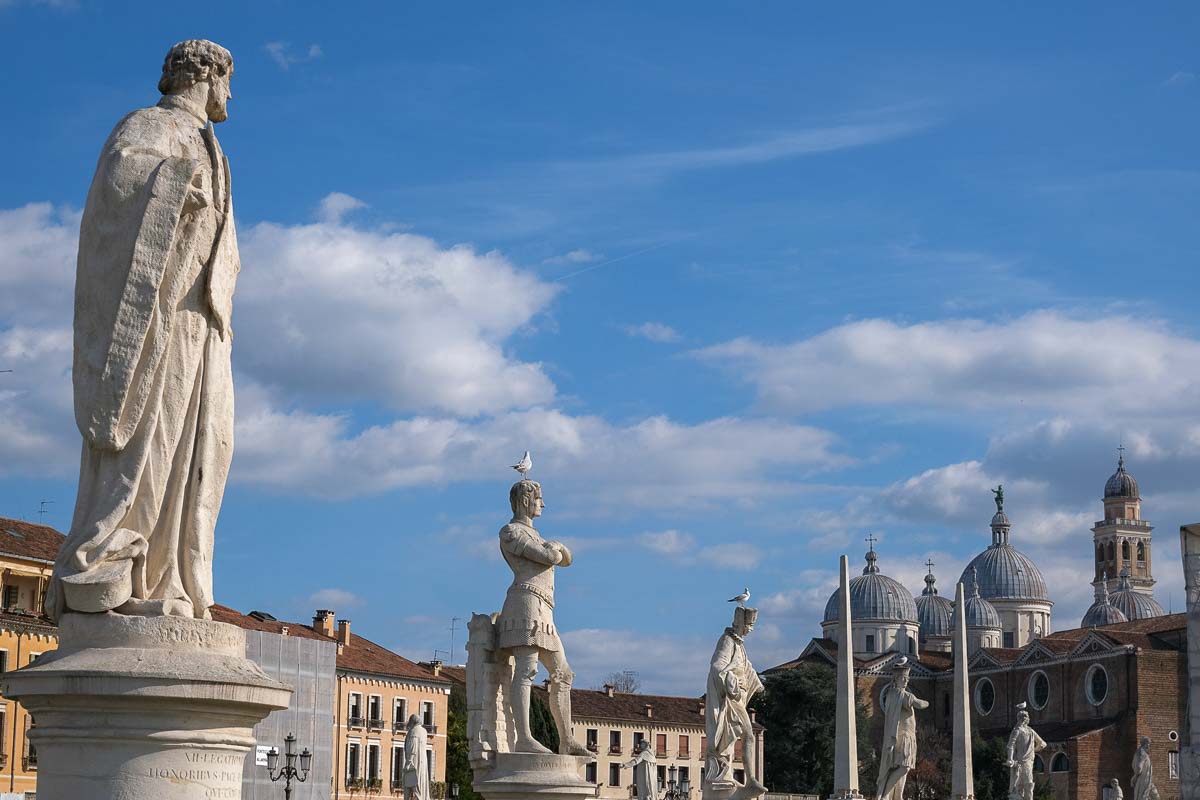
The Neoclassical Pedrocchi building is much more than the famous café on its ground floor. During the 19th Century, the fourth Italian Congress of Scientists met here to stoke nationalistic fervour.
2. To visit the Scrovegni Chapel
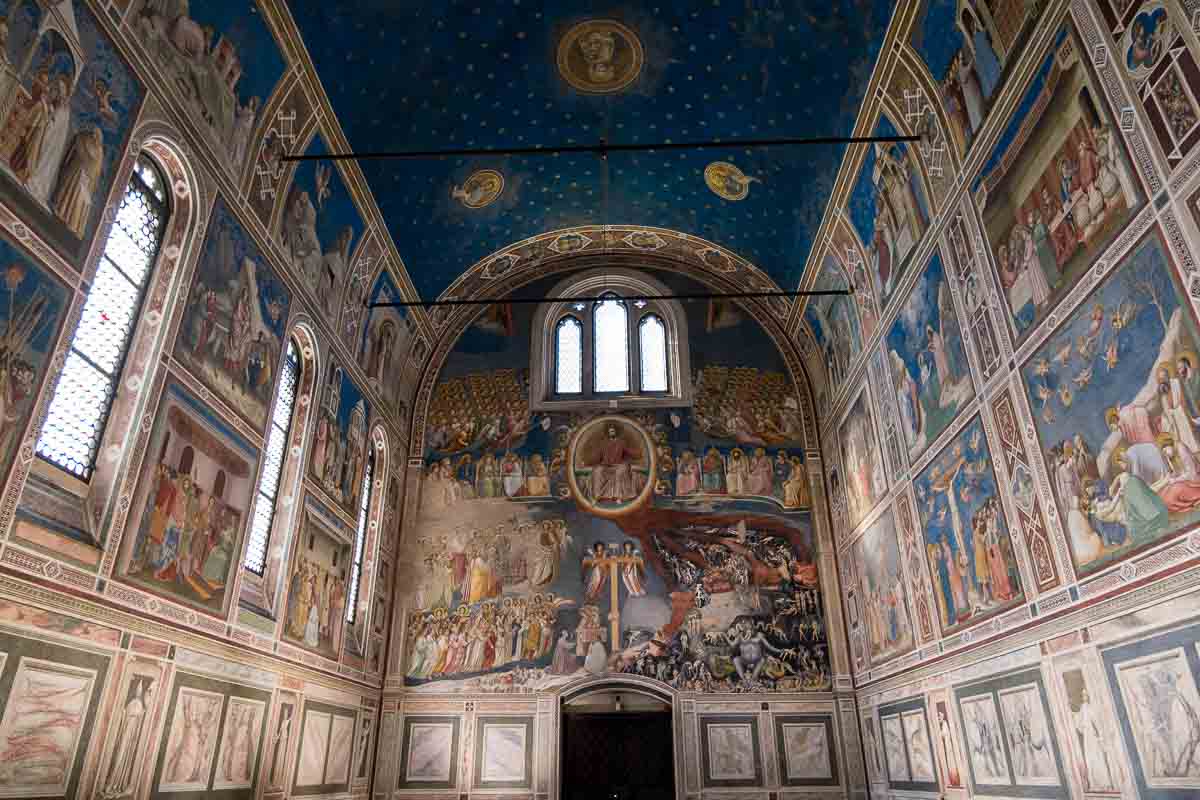
I count myself among the art lovers who flock to Padua to visit the Scrovegni Chapel. This is one of the greatest monuments of figurative art of all time and houses the most complete fresco cycle by Giotto.
Painted by the Tuscan master and his assistants between 1303 and 1305, these extraordinary frescoes were radical for their time.
Gone were the two-dimensional “flat” paintings of the early Middle Ages. In their place were 3-D representations of real people in real scenes, filled with vibrant colours and emotion.
It is a sneak preview of Renaissance art a hundred years before it took off.
The walls of the chapel are painted with stories of the Virgin Mary and Jesus, culminating with a fresco of The Last Judgement on the rear wall. My favourite painting is Il Bacio (“The Kiss”), where Judas ensures Jesus in a traitor’s kiss.
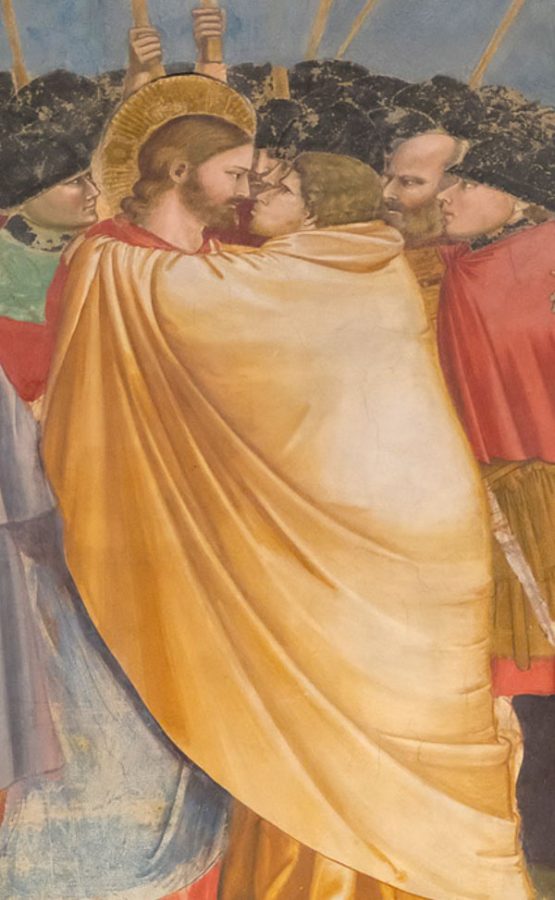
3. Padua is home to many more artistic treasures
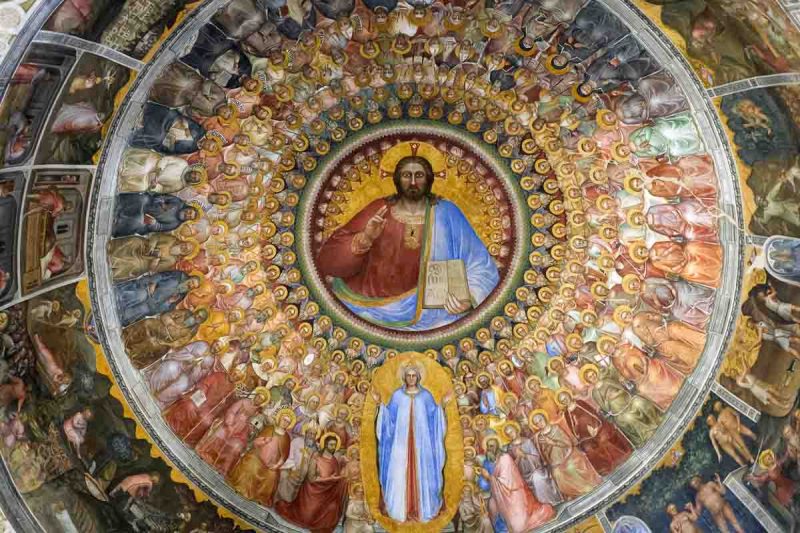
The stars aligned to make Padua a major artistic centre.
The University of Padua drew scholars, philosophers and artists, fostering creative and intellectual exchange. Influential patrons, including affluent families and religious institutions, commissioned works of art, providing opportunities for artists to showcase their talents.
Prominent artists like Giotto and Andrea Mantegna, who lived and worked in Padua, introduced pioneering techniques and styles. Furthermore, Padua’s strategic location facilitated cultural exchange with other Italian cities.
Adjacent to the Scrovegni Chapel, the Civic Museums (Musei Civici agli Eremitani) house artworks and archaeological artefacts. These include works by Titian, Giorgione, Tintoretto, Veronese, Canova and other Veneto artists. Don’t miss the wooden crucifix painted by Giotto that once hung in the Scrovegni Chapel.
Entry is included with your ticket for the Scrovegni Chapel.
The exquisite baptistery of Padua Cathedral (Cattedrale di Santa Maria Assunta) was once the private chapel of the Carreresi, Padua’s ruling family. In the 1370s, they commissioned the Florentine Giusto de’ Menabuoi to give the tiny chapel a paint job.
The result was an extraordinary fresco cycle of scenes from the Old and New Testament, culminating with Almighty Christ in Paradise on the domed ceiling. It’s mind-blowing art and a must-see even if you are only spending a day in Padua.
4. Padua is an important pilgrimage site
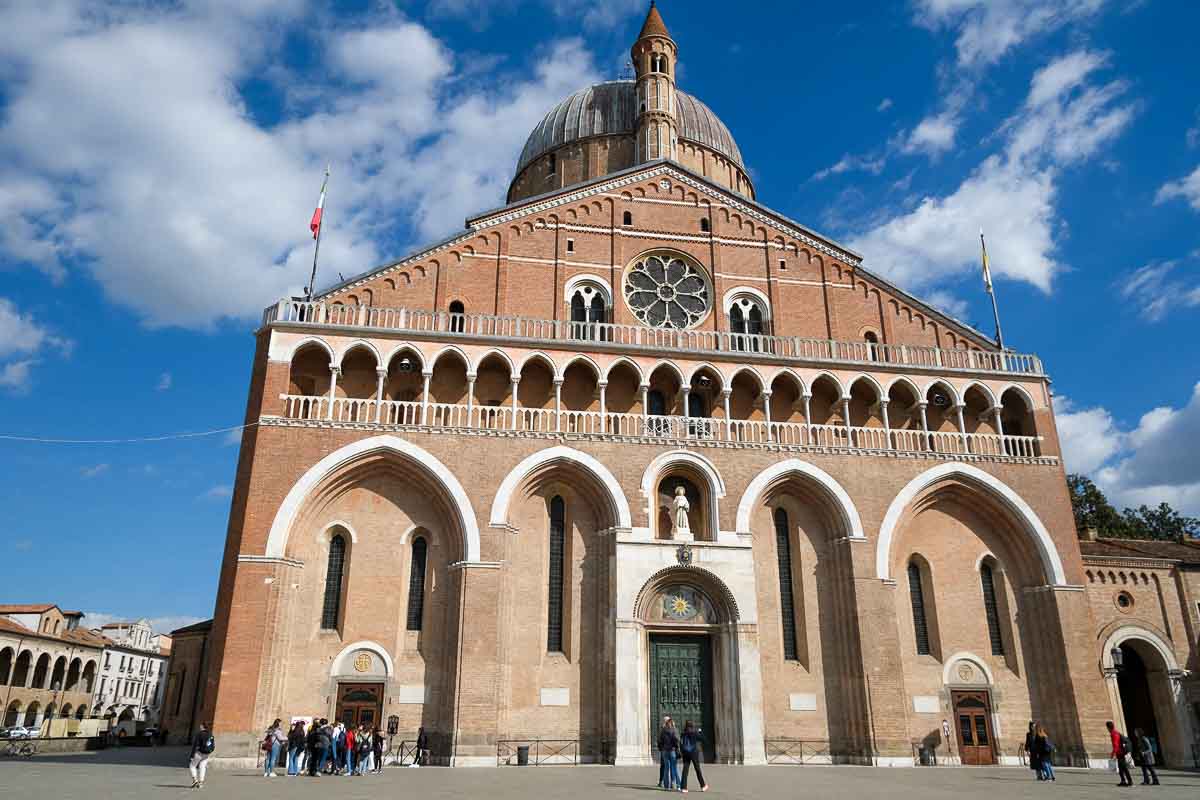
Religious pilgrims visit Padua to touch St, Anthony’s tomb and to gawp at his lower jaw and tongue. Friar Anthony of Padua is one of Christendom’s most popular saints, known as a miracle worker and finder of lost things.
Work started on the Romanesque/Gothic Basilica of St. Anthony immediately after the saint’s death in 1231. Completed in the following century, it’s a treasure chest of faith and art.
A glorious crucifix by Donatello, the father of Renaissance sculpture, rises above the main altar (there’s also a mammoth equestrian statue by him outside the church). More of his sculptures – Mary with Padua’s six favourite saints – are also on the high altar.
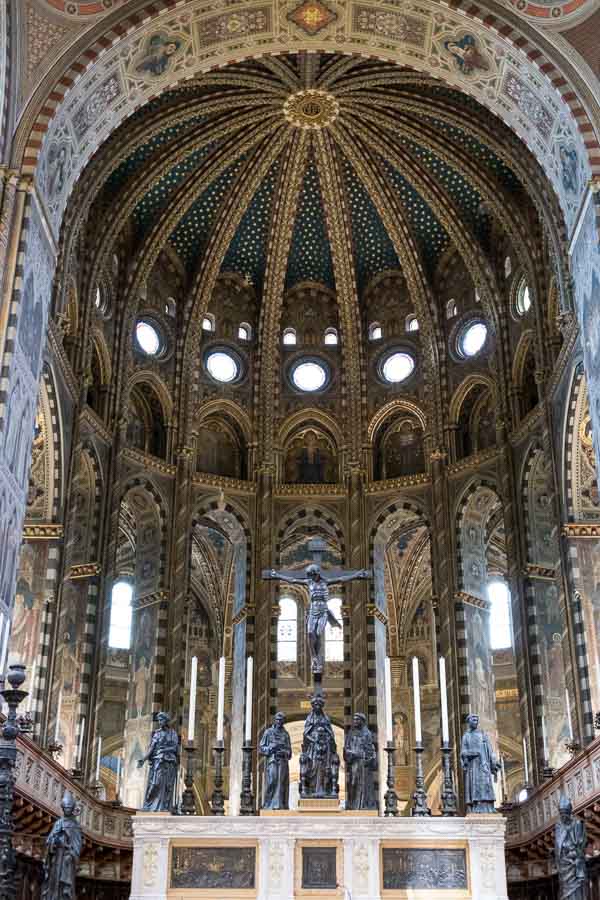
Pilgrims solemnly file past St. Anthony’s tomb, waiting to place their hands on the gleaming marble and leave written prayers for the saint. I love the 16th-century marble reliefs on the walls surrounding the tomb that show scenes from the life of the saint.
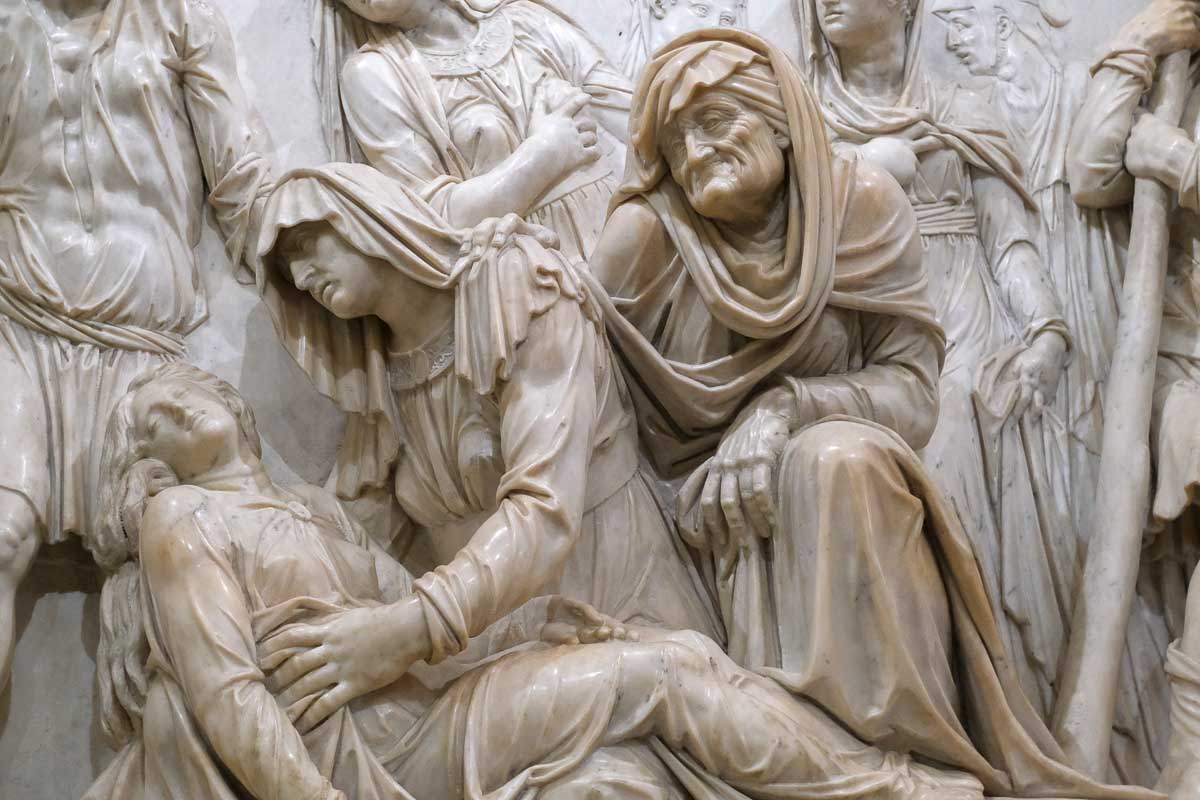
Anthony’s tongue takes centre stage in the Chapel of the Reliquaries. When the saint’s remains were exhumed in 1263, his tongue was miraculously intact.
5. It has been a centre of academic excellence since medieval times
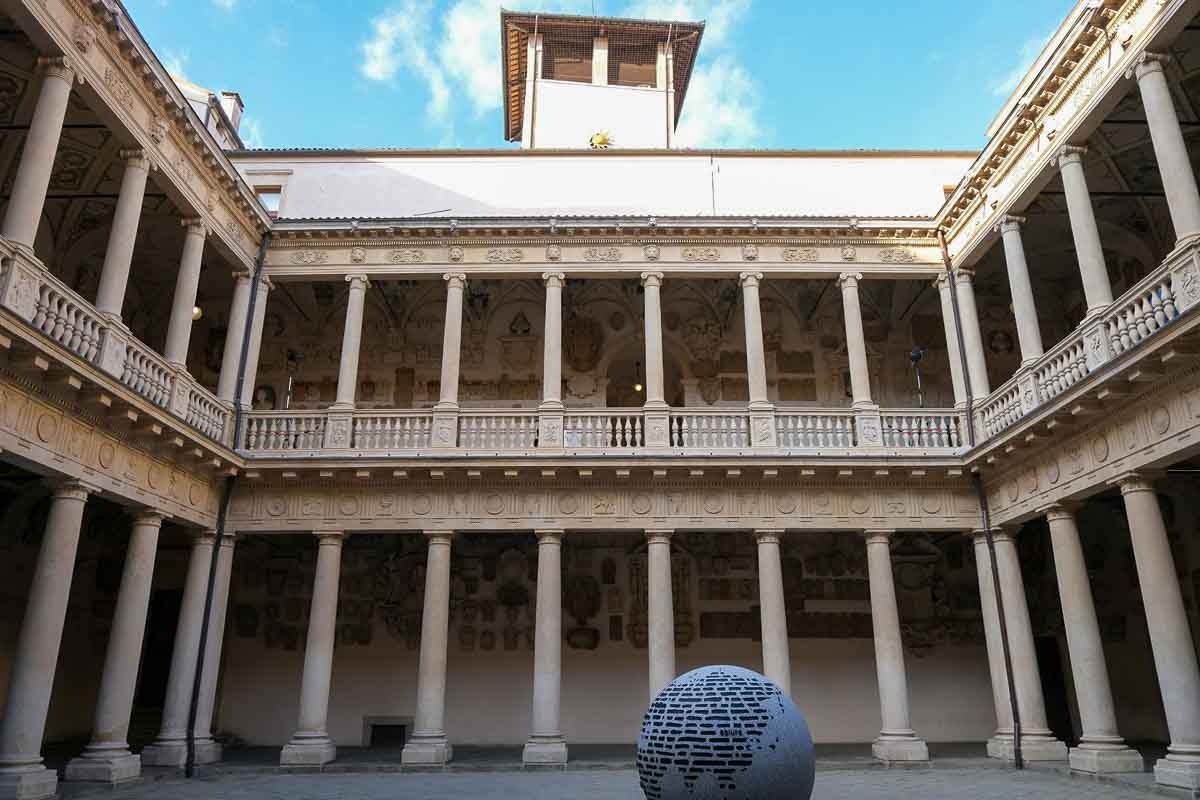
There’s a good reason why Padua is Nicknamed “the brain of Veneto.”
Padua University was founded in 1222 and counts Galileo, Copernicus and Dante amongst its alumni. They’ve kept Galileo’s fifth vertebrae as a souvenir.
The best way to learn more about this prestigious university is to join a student-led tour of Palazzo Bò, its main building.
This tour includes Padua University’s famous Anatomy Theatre. Dating from 1595, this was one of the first of its kind in Europe and was where students would gather to watch their professors dissect the cadavers of criminals.
You don’t need a tour reservation to stroll through the university’s two courtyards.
6. Padua has a wonderful market
Palazzo della Ragione provides a stately backdrop for Padua’s market that occupies two squares: Piazza delle Erbe and Piazza della Frutta. This market has been selling fruit, vegetables and herbs for centuries.
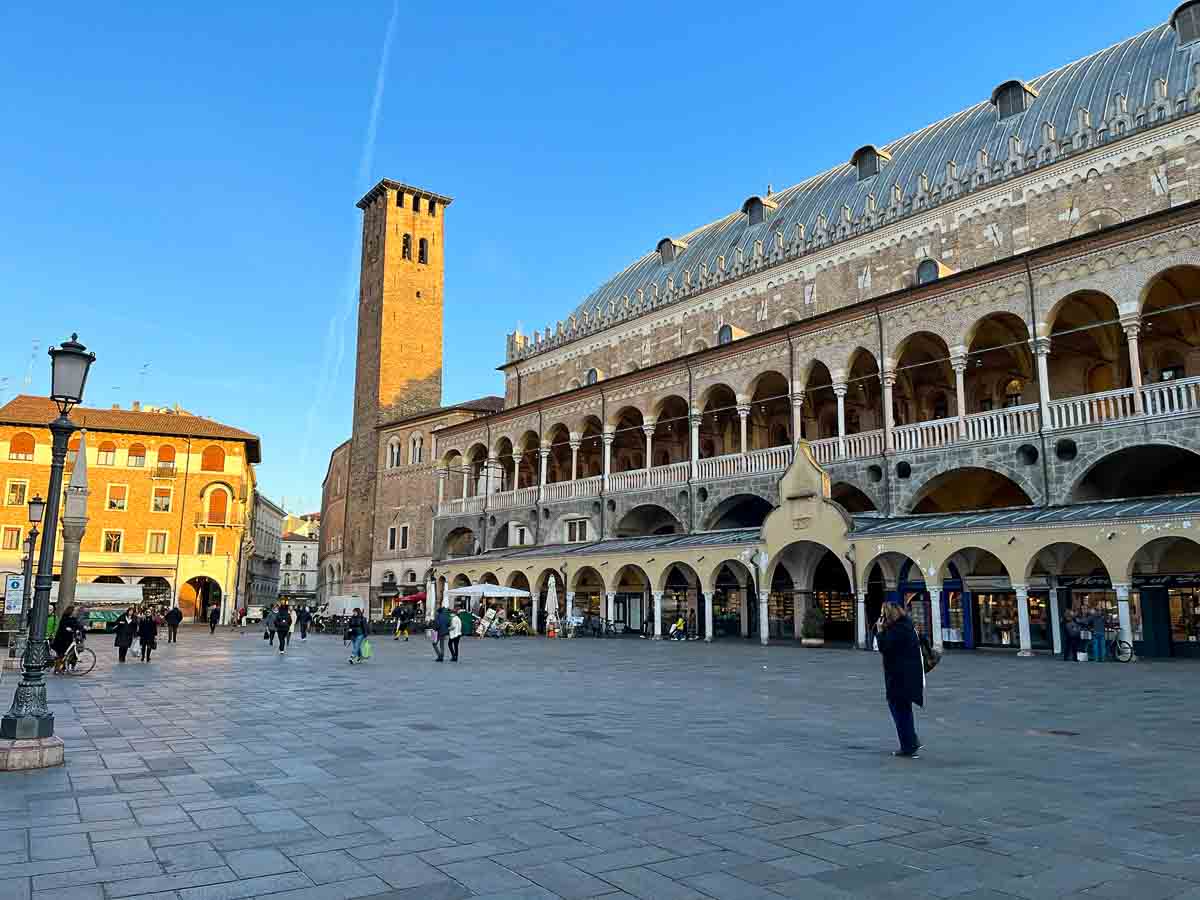
I like the indoor market on the ground floor of Palazzo della Ragione with its cheese shops, delicatessens, bakeries and fishmongers. The bars and restaurants around the market are some of the best places in Padua to savour Italian cuisine.
7. For its botanical beauty
I love a good botanic garden and Padua has one of the best. Orto Botanico di Padova is the world’s oldest botanical garden and a UNESCO World Heritage Site.
Founded as an academic botanical garden in 1545, it contains the university’s vast collection of rare plants. Thanks to the Venetian Republic’s trade and commerce links and the university’s reputation, Padua’s Botanic Garden had few problems amassing a collection of exotic plants from across the globe.
8. Padua is simply a gorgeous city
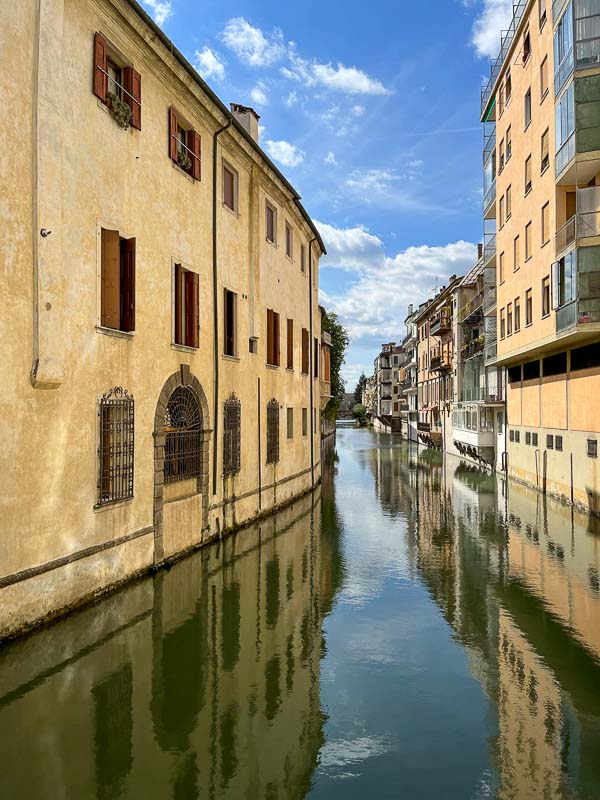
Padua could hold its own in any Italian city beauty pageant.
Its historic centre is studded with historic buildings, elegant arcades and inviting squares. The canals lacing their way through the city add to Padua’s charm.
The city is not short of tranquil open spaces. Its lush parks and gardens offer serene escapes from urban life.
9. Its proximity to Venice
Padua is less than 30 minutes from Venice by train. You really can have your cake and eat it.
On one trip to Italy, you can enjoy the iconic beauty of Venice and the authentic, less touristy charm of Padua. It’s a great way to experience diverse aspects of Italian culture and history.
Padua makes an excellent base for exploring Venice while enjoying a quieter, more affordable stay. You can easily take a day trip to Venice and return to the peaceful ambience of Padua in the evening.
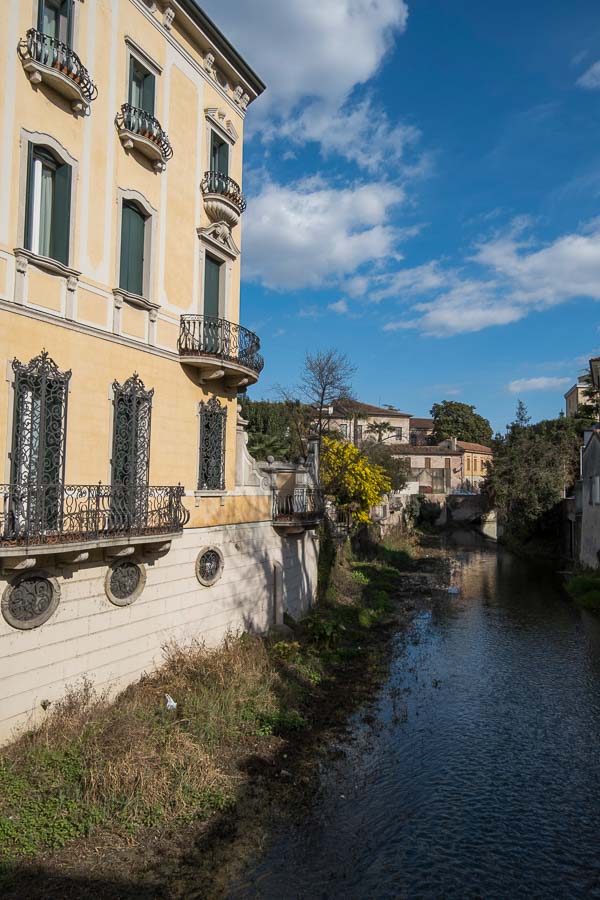
10. Padua is an excellent base for day trips galore
Padua’s central location in the Veneto region makes it an ideal starting point for day trips.
Padua, Verona and Vicenza are on the same train line, connected by frequent trains. This makes city-hopping easy and the direct train to beautiful Lake Garda takes just over one hour.
Trenitalia operates Regional (R), “Fast Regional” (RV) and the high-speed Frecciarossa trains. Italo also operates high-speed services along this line.
Trenitalia’s “Fast Regional” trains hit the sweet spot between speed and cost.
Tickets for the Italo and Frecciarossa services tend to be more expensive. There are set allocations of seats in the lower fare classes and you will pay more the closer you get to your travel date.
Keep your travel plans flexible with regional services. As fare prices for both types of regional services are fixed, there is no advantage in booking in advance. They are usually cheaper although the train makes more stops.
How Many Days Do You Need in Padua?
In one day, you can do an enjoyable, albeit quick, blitz of Padua, including a visit to the Scrovegni Chapel.
The city’s main tourist sights lie along a north-south axis from the train station to the Basilica of St. Anthony. Walking from end to end takes 30 minutes, and these sights are also connected by a tram line.
However, in my experience, one day in Padua is a little rushed and I recommend staying overnight for a more relaxed stay.
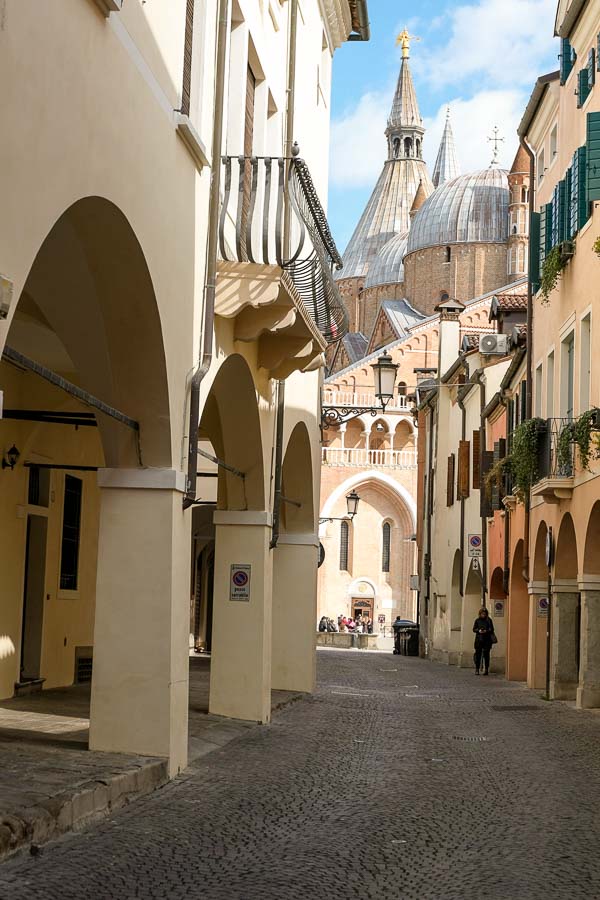
Is Verona or Padua Better?
Verona vs Padua? That’s a tough call to make. As with any destination, the choice between Verona and Padua depends on your preferences and what you’re looking for in a travel experience.
Verona has well-preserved Roman ruins, including the spectacular Arena di Verona. The city hosts various cultural events and operas in the Arena during the summer months.
For lovers of Shakespeare, Verona is famous as the setting for Romeo and Juliet.
As home to Giotto’s famous fresco cycle and famous sculptures by Donatello, you should visit Padua if you are an art fangirl or fanboy. It also has the world’s oldest botanical garden, the UNESCO-listed Orto Botanico di Padova.
Like Verona, Padua has a rich historical heritage, epitomised in its university. However, it is generally less crowded than Verona.
But since Verona and Padua are close, you can visit both if you have the time and inclination.
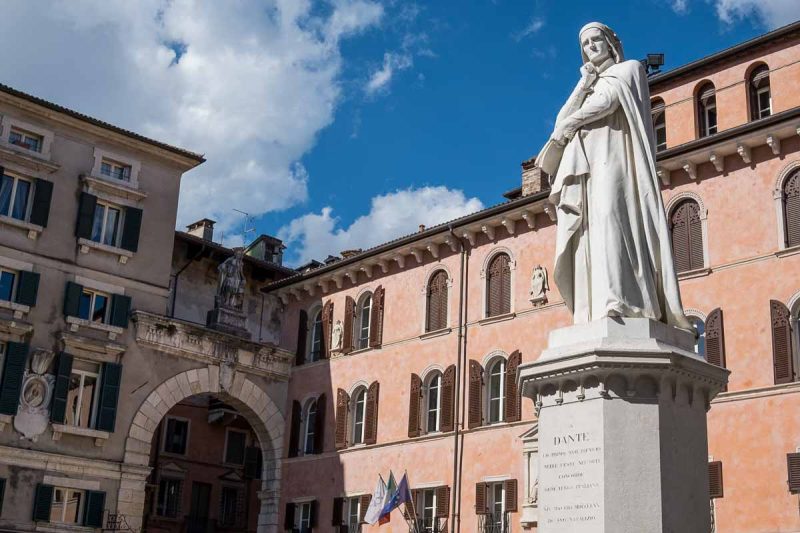
Where to Next?
I hope this persuades you to add Padua to your Northern Italy itinerary and that you have a fabulous visit. there. If you are looking for other places to visit in the Veneto region, take a look at a few of my other articles:
- One Day in Verona, Italy: Fall in Love with the City of Romance
- Shakespeare’s Verona: A Romeo and Juliet Treasure Hunt in the City of Love
- 14 Best Things to Do in Vicenza in One Day: A Palladian Paradise

About Bridget
Bridget Coleman has been a passionate traveller for more than 30 years. She has visited 70+ countries, most as a solo traveller.
Articles on this site reflect her first-hand experiences.
To get in touch, email her at hello@theflashpacker.net or follow her on social media.

